Taking on a challenging work project, school paper, workday, or studying can feel overwhelming, so much so that it sometimes causes you to push through without stopping until the task is complete. While in this process, taking the time to pause can bring feelings of guilt. Often, having this mindset can make the thought of taking a break as being “lazy” or “unproductive.” However, taking a break is the opposite of this, as there are many benefits that you will experience from doing so. Adapting the mindset of viewing breaks as a productive way to better help complete your tasks is essential.
Why should I take a break? Breaks help reinvigorate your energy and concentration, as your brain can only stay focused for shorter periods. Pushing your brain to continue to work despite feelings of tiredness can cause increased stress and make it more challenging to have productive results. Breaks are necessary to help the brain function properly, like eating or sleeping. The time spent in a break helps you recharge, making the time spent working after the break fueled with increased energy, concentration, and the rate of retaining information.
How do I take a break? There is no “correct” way to take a break; it comes down to what works best for you. However, incorporating breaks into your work can seem intimidating, so having a frame of reference can be helpful. In the late 1980s, the Pomodoro technique was created as a tool to assist in taking breaks. This technique says to set a timer for twenty-five minutes upon starting your task; when the timer rings, you then take a five-minute break; after four rounds of this, you then increase your break to fifteen to thirty minutes (Mandal, 2020). Now, this technique may work for some, but not everyone. You can easily modify the amount of time set for both the timer of work time and the time of your break. If making a set amount of time for working does not seem to work, break your task into smaller sections; once you complete one of your smaller sections, take a break for a predetermined amount of time. Lastly, listen to your body cues. Take that break if you feel tired, have difficulty concentrating, or find yourself stuck. Play around with different variations of breaks and see what formula works best for you!
What do I do during a break? Just as the formula behind when to take a break can be different for everyone, activities during break time also vary. You may take a short while to check any social media notifications or text messages. However, typically during a break, it is best to unplug from scrolling as social media can still promote having to make decisions. Your break should consist of relaxation strategies to help refuel your mind. Here are some examples of what you can try during your break:
Try taking a walk or sitting outside to experience fresh air and sunlight.
Stretch or do yoga.
Engage in breathing or mindfulness exercises.
Read a book or watch a short, humorous television show.
Eat a healthy snack or meal.
Unsure how to create space for yourself to ensure you’re taking breaks? Click here for support.


